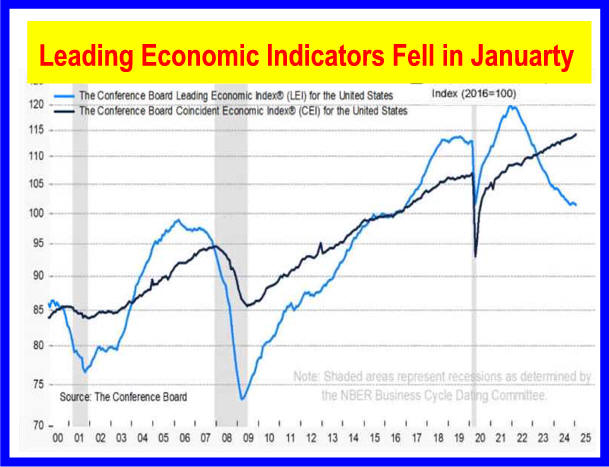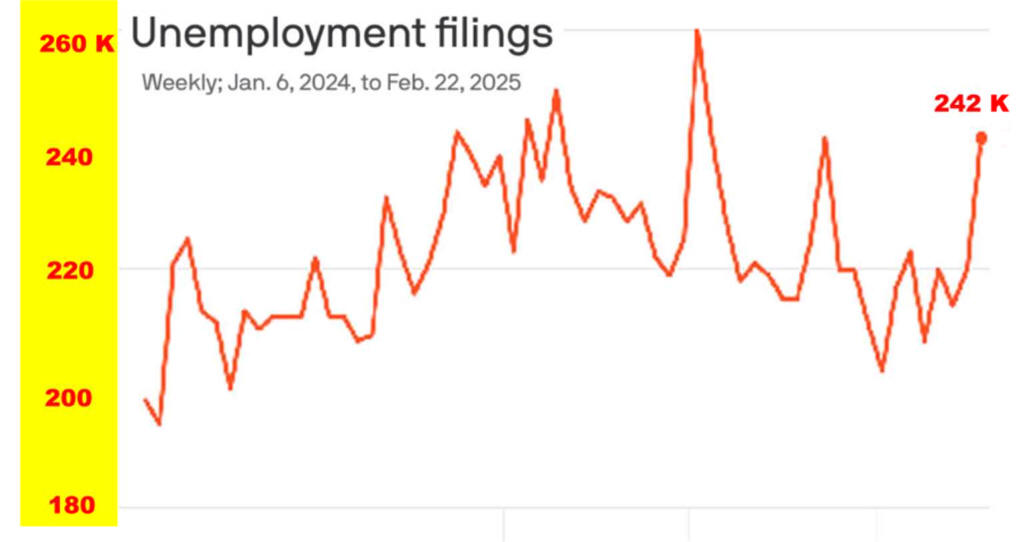
Trumponomics Centers on Trade
|
Trumponomics Centers on Trade
|
|
Bond Market
Reaction to Reciprocal Tariffs
Trump1's 2018 China Tariff War Yielded $Zero
Let's Hope T2 Does Better Creating Jobs
|
|||||
|
Domestic
Savers and Foreign
Creditors provided most US Deficit
Financing.
Great Recession Crisis:
Long, Shallow, with Little Inflation
Economic growth
and Low Interest Rates
COVID Recession
Was Deep, Short With Much Inflation
Economic growth
might not
limited the
long real economy cost
of Federal Debt Interest Payments The FED has managed this Great Recession money printing credie process reasonably well.
Will Trump
replace tariffs on companies with a tariff on
nations with a US trade surplus.
Watch 1) ten-year interest rates to see if savers
need higher interest to continue leading and
Why Bother With Anti-tariffs
Data
Soon to be Relevant Current
Data
|
|||||
|
With US Capitalism,
|
|||||
|
Americans Own |
Resources | Labor | Capital | Enterprise |
Trade |
|
Owners Receive |
Rent |
Wages | Interest | Profit |
Deficit
|
|
Stuff In &
dollars
out
> Stuff
Out & dollars in.
Dollars come back to US as
foreigners investment in US
Assets, Putin has a bunch of dollars suggestions to antonw@ix.netcom.com
|
|||||
|
|
|||||
| Why Bother with Tariffs Data | |||||
|
|
|
|
Trump appears to asking foreigners |
|
|
|
|
US Economy Back on Track
|
Leads Post Covid Recovery
|
|||
|
Few Crony Capitalists
|
Necessities Cost Less
|
||||
| Political Economy Cycles 1900 -2020 | |||||



|
Source
|
|||